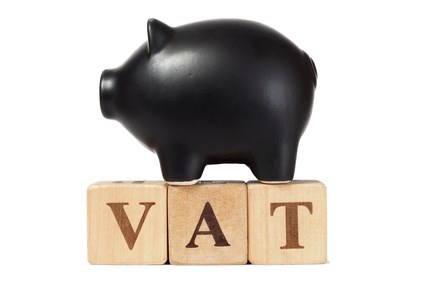When you become VAT registered there are several things you should be aware of.
Sales
All sales invoices or receipts must show your VAT number.
VAT invoices must be issued within 30 days of the supply of goods or services.
You are responsible for charging your customer the correct rate of VAT - 20%, 5% or 0%
Sales invoices must contain specific information but a simplified invoice or receipt for goods under £250 can be issued.
A payment received in advance - a deposit for example - must be included on the VAT return when the payment is received or within 30 days if an invoice has not been provided.
You cannot claim back VAT you have paid on a customer invoice which subsequently becomes a bad debt until it is at least 6 months old.
Purchases
You can only claim back VAT on purchases which have been made for business purposes.
You must retain a copy of the invoice or receipt for every purchase made which you are claiming VAT on.
You cannot claim VAT if you have a receipt which does not have a VAT number on it.
Receipts for food and drink purchases may have some items which have 20% VAT and some which are 0% VAT - you cannot claim 20% VAT on the whole receipt if this is the case.
There is no VAT to claim if you pay a gratuity as part of your bill.
Receipts and invoices can be stored electronically or attached to the accounting transaction in your accounts software.
You can claim back VAT on purchases you have made for your business up to 4 years prior to being VAT registered as long as long as the purchase is still in use.
You can claim back VAT on purchases of services up to 6 months prior to your VAT registration date.
Record Keeping
You must keep your VAT records for 6 years, this will include all purchase invoices and receipts and all sales invoices.
You must keep all supporting documentation including bank statements, credit card statements, till receipts, paying in slips, etc.
Your VAT returns are part of your record keeping and the entries within them show what you have charged VAT on and what you are claiming VAT back on.
If you do any external calculations to make adjustments to your VAT return - for example for partial exemption or a change to your flat rate percentage - these calculations form part of your VAT records.

